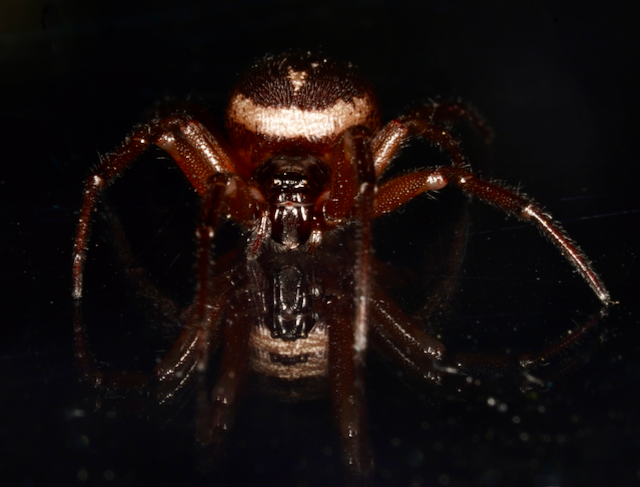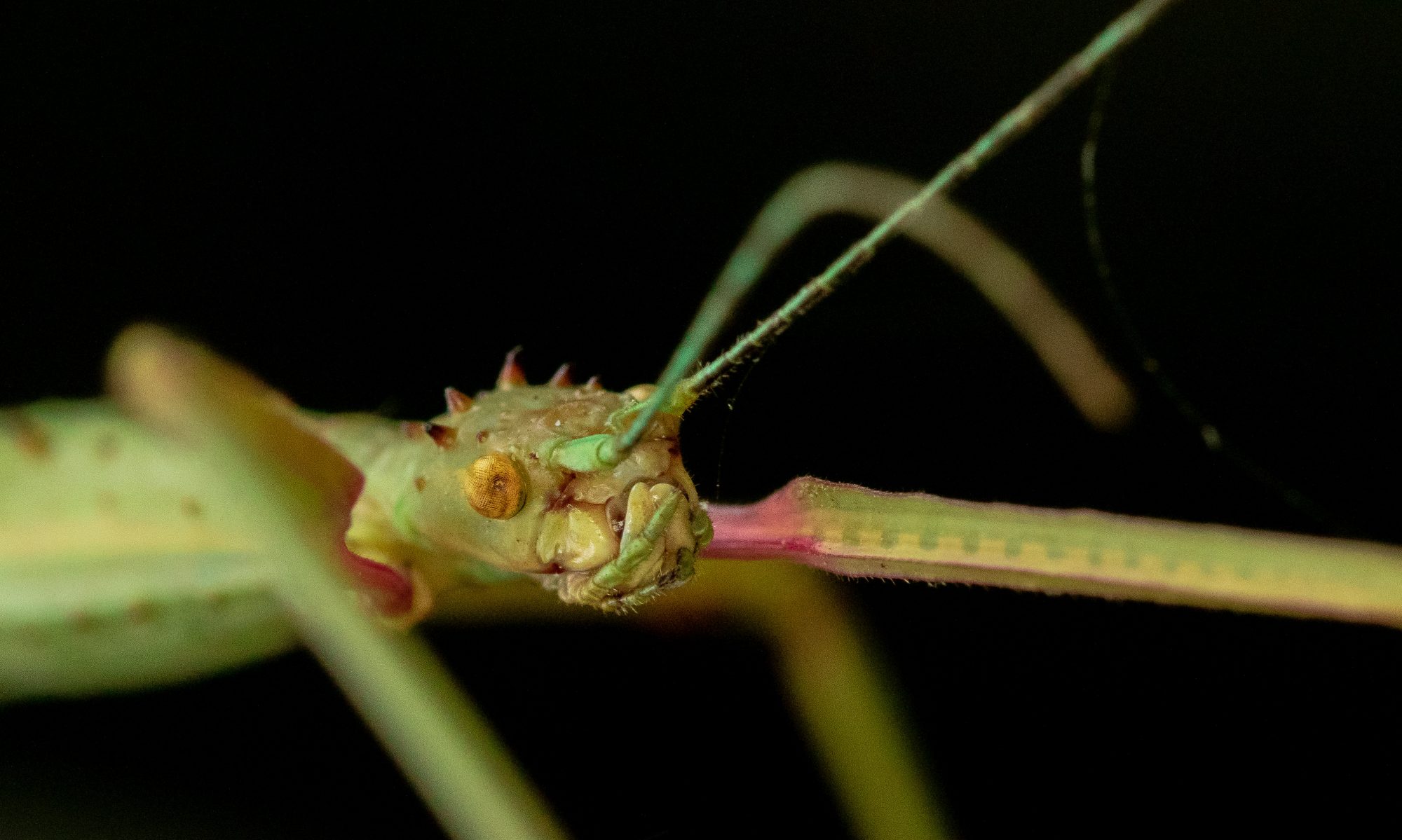The noble false widow spider (Steatoda nobilis) has found urban habitats profitable and has become one of the most successful invasive spiders around the globe. One that is continuing to expand its range thanks to the transport and habitat given it by humans, and one that carries with it a menagerie of microbes.
Invasiveness combines an ability to get to a place and ability to survive and breed there. Animals that associate closely with humans are referred to as synanthropic and are especially good at travelling with people and so continue to share their urban environment, wherever in the world that is. (Right: Male Steatoda nobilis from Porirua, Wellington. (c) S.A.Trewick).
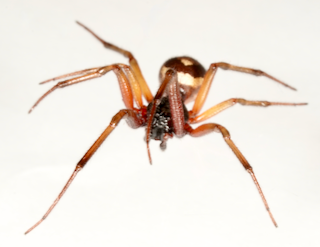
Humans unwittingly enable certain species to invade, but, it appears that human environments are not all equal. Species such as the noble false widow cannot thrive everywhere; they have physiological limits and climatic conditions are especially important for ectothermic creatures including spiders. Planet-scale climate influences where the most suitable habitat is.
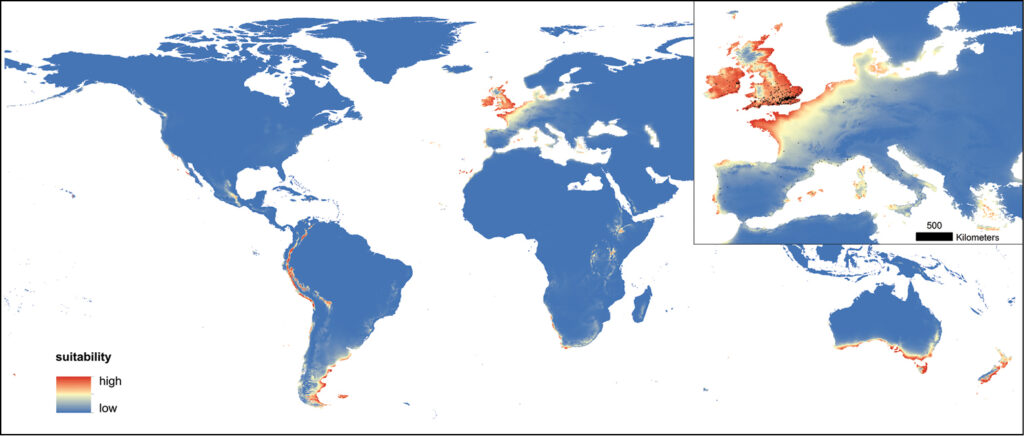
Remarkably, a study published in 2019 using ecological niche modelling predicted that many parts of New Zealand were likely to be suitable for Steatoda nobilis. They have been proved right; the noble false widow is living in cities across New Zealand, nestled in urban gardens and around houses.
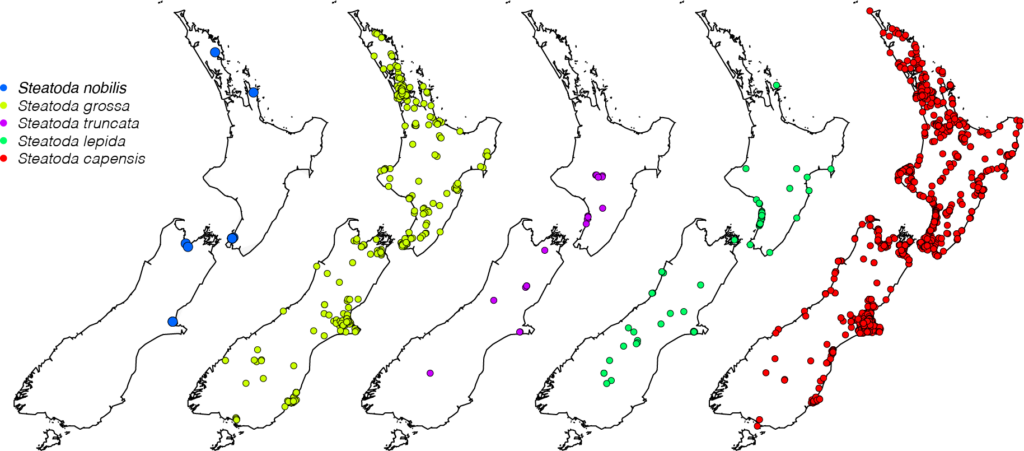
New Zealand now has five species of introduced false widow spider, all associated with modified habitats across the country. Each must have arrived by some form of accidental transport, but then colonised successfully.
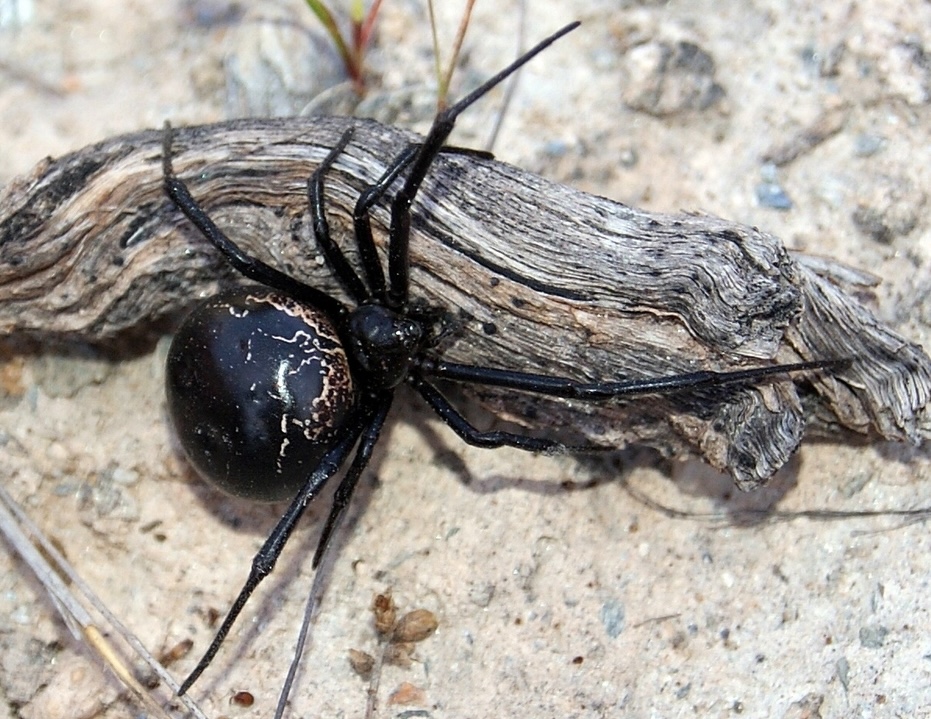
False widow spiders are so-called because they resemble Latrodectus widow spiders such as the black widow L. lilianae (Left. (cc) Jorozko). The similarity does not end there. Although generally considered less dangerous than widow spiders, the venom of Steatoda nobilis contains toxins similar to those produced by Latrodectus lilianae.
The spread of Steatoda nobilis is paralleled by increasing concern about its human health and ecological impact as an invasive species. Not only can the species inflict a painful bite with Latrodectus-like symptoms but it has emerged that associated bacterial infection can lead to necrosis (tissue death). Of 22 bacterial species detected on S. nobilis, 12 are known to be pathogenic in humans. Sometimes the infections resulting from bites do not respond to standard antibiotic treatments, and the level of antibiotic resistance displayed by some Steatoda-associated bacteria is significant for medical science.

It is also significant for ecosystems. Biodiversity loss and accelerated environmental change are hallmarks of the Anthropocene, and rapid global climate shifts are expected to increase the rate at which invasive species replace native species.
